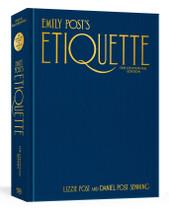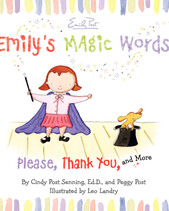
Preparing for a Funeral

As they have in every culture from the beginning of time, the rituals observed after the death of a loved one or friend salve our grief. However, the traditions of these rituals have changed. More and more of today's families are deciding what the nature of a funeral service should be, then taking an active part in planning it. If some things about funerals and mourning have changed, others have stayed the same: the ways to go about notifying others of the death and the particulars of the funeral, enlisting the participants, and offering and accepting condolences. Below you will find a quick guide to preparing a funeral.
Notifying Others
As difficult as it may be, informing others of the death is the first duty of the bereaved. It starts with telling family members, then proceeds to the practical—notifying the funeral home, the clergy, and the newspaper (where you can write about the death of the loved one in the obituaries section).
Making Arrangements
Shortly after the death, the immediate family will usually make arrangements for the service with a funeral director, who will assist them in putting all the pieces together to create the service they have in mind. Other decisions include:
- Clothing for burial: Traditions have changed so that the deceased may be dressed in clothing that he or she would have desired, such as a uniform or a favorite brightly colored dress.
- Pallbearers: If the coffin will be carried during the funeral, the family of the deceased asks close friends, relatives, and sometimes coworkers or business associates to be pallbearers.
- Ushers: The family also chooses the men and women who will serve as ushers. The ushers will try to seat guests according to the closeness of their relationship to the family.
- Bulletins: The cover of a bulletin is imprinted with the name of the deceased and often his birth and death dates; a photograph of the person in his prime is also a nice tradition. Inside is listed the order of service and information.
- Eulogies: Family members or friends can be asked to deliver a eulogy. Because an officiant or two will be speaking, the number of eulogists should usually be kept to two or three.
- Honorariums: Because customs differ, rely on your funeral director to suggest the proper honorarium, if any. The check is presented after the funeral, either by you or the funeral director. Accompanying the check with a personal note of thanks will express your appreciation all the more. The organist who plays at the funeral service could also be due an honorarium.
- The monument: Choose the monument with care. Something simple and straightforward is often preferable to an ornate stone with sentimental carvings.









